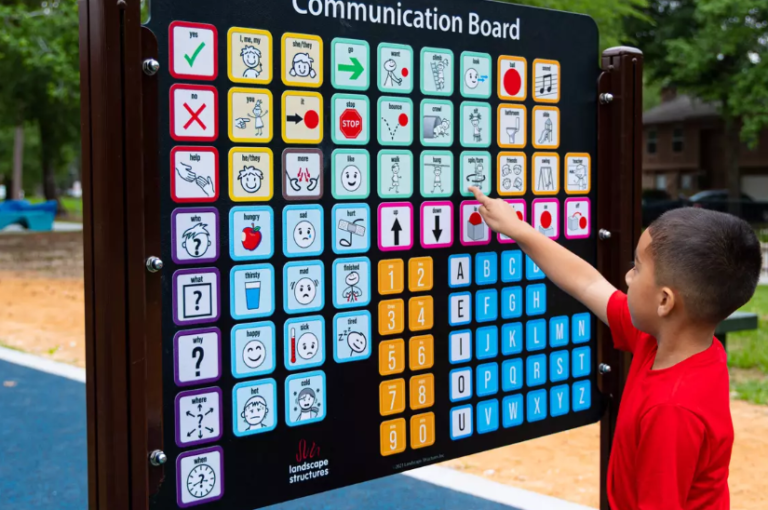Sometimes, Junior High or High School students can feel hopeless when reading complex texts. Teachers can use these six strategies with their older students to support them in reading comprehension and engagement in any subject or class:
1. Connect
Students are able to better understand what they are reading when they are able to relate the material to something they already know. Encourage your students to make any of the three types of connections while reading:
- Text to Text: A comparison between the text they are reading, and another text. This can include novels, short stories, non-fiction articles, video games, movies, and more.
- Text to Self: Relating what is happening in the text to something that is happening in their own lives, or to someone they know.
- Text to World: Making a connection between what they are reading, and something that has happened in history, or is currently happening in our global society.
2. Predict
What will happen next? In order for students to make plausible predictions about what might happen next, they need to know what has already happened, and use evidence and reason to support their prediction. Ask students to make informed predictions to themselves, in a group discussion, written down, or through an image!
3. Question
While reading, it is important for any reader to ask questions. Inquiry will not only help students understand the text on the surface, but it will also help them achieve a deeper understanding of the text. Questions can range from simple wonderings about the text to questions like the following:
- What does this word mean?
- What kind of text is this?
- Why did that character do that?
- How could that be possible?
4. Visualize
Picture what the text is talking about. Help students use imagery and figurative language from the text to create pictures or videos in their minds of what is going on. Don’t forget to access all of the senses whenever possible: sight, sound, touch, smell, and taste.
5. Summarize
Summarizing a passage is a great way to demonstrate understanding about a text. Encourage students to summarize in a variety of ways: mentally, verbally, visually and in writing. Ask students what the text was about. The 5Ws + H (who, what, when, where, why, and how) is an effective beginner tool for students to use when summarizing.
6. Reflect
An important question to ask students is “what did I learn from this text?”. Reflecting on text can use all of the strategies above. When asking students to reflect, their response can be open-ended or prompted with cues.
Next time you are approaching a text with your students, try any one of these strategies to help any struggling readers, and improve comprehension for all.
BONUS TIP: Types of Texts
For teenagers, choosing high interest texts will increase engagement. Present students with options of texts that are bestsellers for teenagers, or texts that have a topic or character that the student can personally connect with. Text that is relevant to issues or problems currently facing teenagers, in their own lives or in the world, are also important to have as an option. Book Talks are a quick and easy way to showcase texts to students. Try asking your students what kind of movies, TV shows, or video games they like, and try to find a text that is similar. If students are engaged in the text that they are reading, they are more likely to continue reading it. They can’t comprehend if they aren’t reading.
External Resources
- Thinking Strategies
- Reading Rockets: Key Comprehension Strategies to Teach
- Reading Rockets: Seven Strategies to Teach Students Text Comprehension
- Think Literacy: Cross Curricular Approaches 7-12
- Video: Top 6 Comprehension Strategies with Joanne Kaminski







